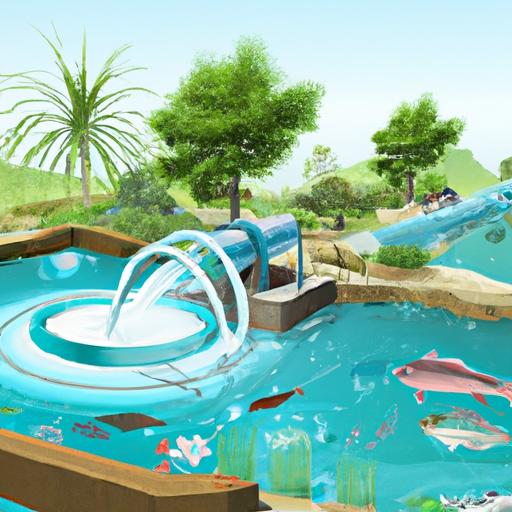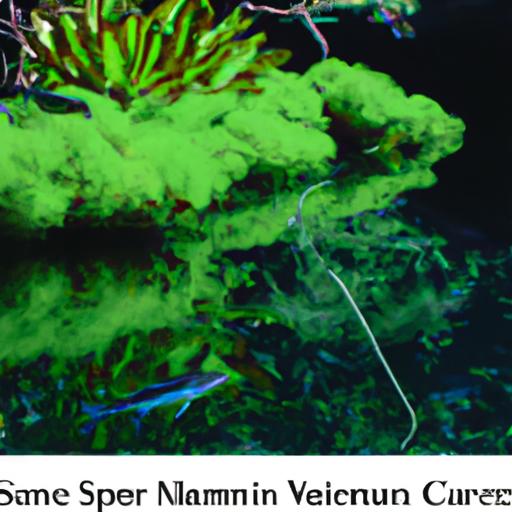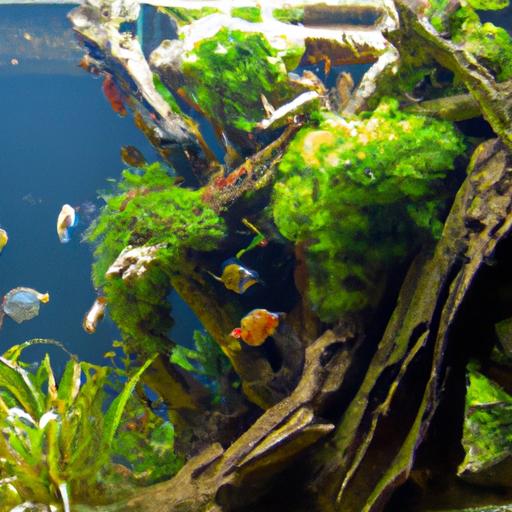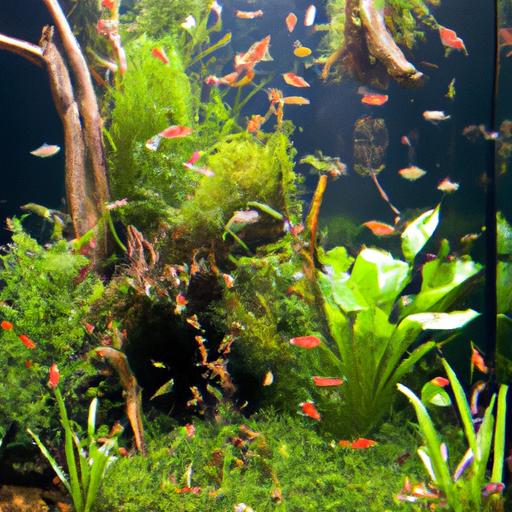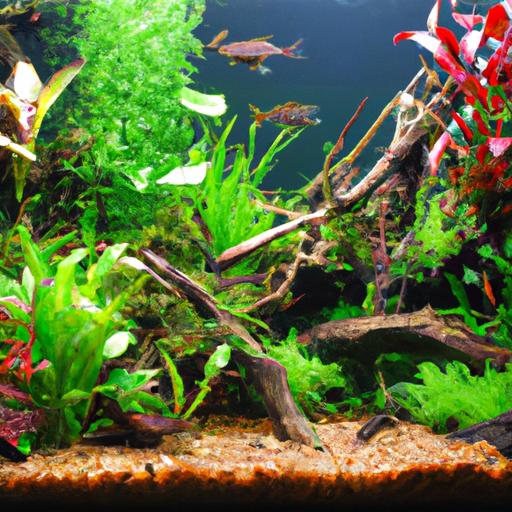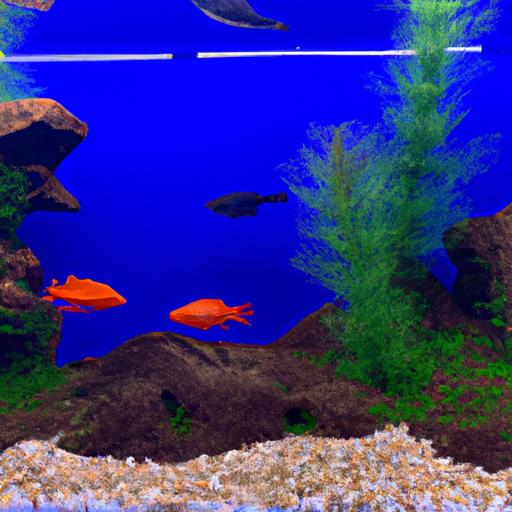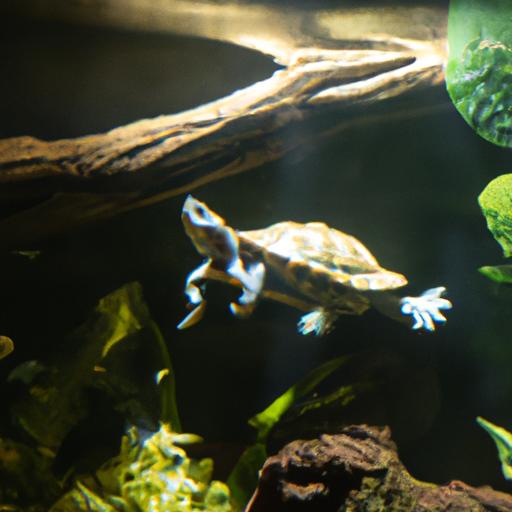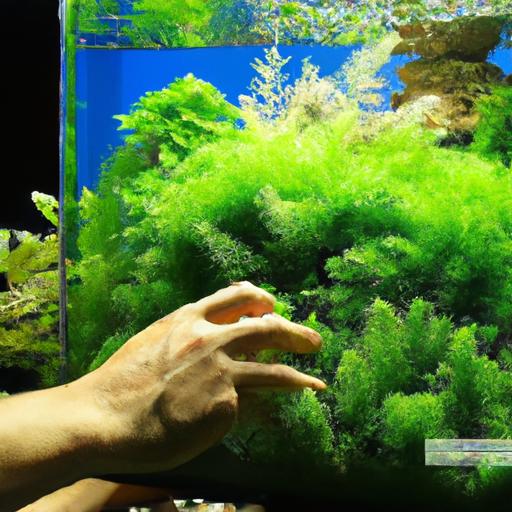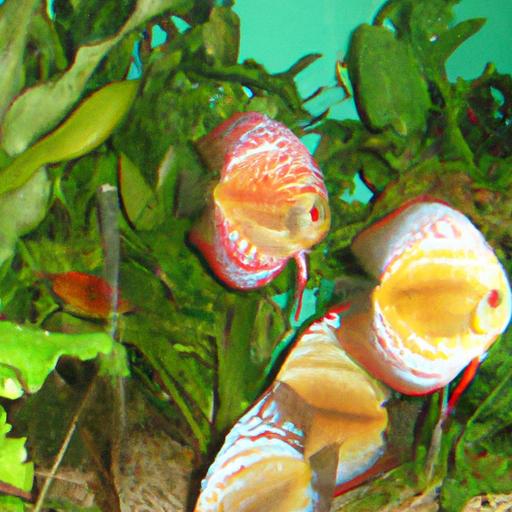
Essential Steps for a Successful Freshwater Planted Discus Tank
Discover the essential steps to create a successful freshwater planted discus tank. Learn about tank setup, plant selection, and fish compatibility.
Introduction
Are you a freshwater aquarium enthusiast looking to create a captivating underwater ecosystem? If so, then a freshwater planted discus tank might be just what you need. These tanks offer a beautiful blend of aquatic plants and discus fish, creating a visually stunning and vibrant environment. However, to ensure the success of your freshwater planted discus tank, it is crucial to follow a few essential steps. In this article, we will guide you through these steps, providing you with the knowledge and insights needed to create a thriving underwater paradise.
Essential Steps for Setting up a Freshwater Planted Discus Tank
Step 1: Choosing the Right Tank Size and Location
The first step in setting up your freshwater planted discus tank is selecting the appropriate tank size and location. Discus fish require ample space to swim and thrive, so it is important to choose a tank that accommodates their needs. A larger tank, such as a 55-gallon or 75-gallon tank, is ideal for discus fish as it offers more room for them to explore.
Additionally, consider the location of your tank. Discus fish prefer a stable and quiet environment, away from high foot traffic areas and direct sunlight. Find a spot in your home that provides a peaceful atmosphere for your discus fish to thrive.
Step 2: Selecting the Appropriate Substrate and Fertilizers
Choosing the right substrate and fertilizers is crucial for the growth and vitality of your aquatic plants. Opt for a nutrient-rich substrate that promotes healthy root development and provides essential minerals for the plants. Substrates like fluorite or aqua soil are popular choices among freshwater planted tank enthusiasts.
In addition to the substrate, fertilizers play a vital role in ensuring your plants receive the necessary nutrients to flourish. Consider using liquid or root tab fertilizers that contain essential elements like nitrogen, potassium, and phosphorus. These nutrients will support healthy plant growth and vibrant colors.
Step 3: Providing Adequate Lighting and CO2
Proper lighting is essential for the photosynthesis process in aquatic plants. Choose a lighting system that provides the right spectrum and intensity for your plants’ needs. LED lights are a popular choice as they offer energy efficiency and customizable settings.
Carbon dioxide (CO2) supplementation is also important in maintaining a healthy planted discus tank. CO2 injection systems or liquid carbon supplements can be utilized to ensure an adequate supply of this vital element for plant growth and overall tank health.
Step 4: Selecting and Introducing Suitable Plant and Fish Species
Now comes the fun part – selecting the plants and fish species for your freshwater planted discus tank. When choosing plants, consider their growth rate, size, and compatibility with discus fish. Some popular plant choices for discus tanks include Amazon sword, Java fern, and Anubias.
In terms of fish species, it is crucial to select those that are compatible with discus fish and the planted tank environment. Avoid aggressive or fin-nipping species that may stress or harm the discus. Good tank mates for discus fish include tetras, rasboras, and corydoras catfish.
Frequently Asked Questions (FAQ) about Freshwater Planted Discus Tanks
FAQ 1: What is the ideal pH level for a planted discus tank?
The ideal pH level for a planted discus tank is slightly acidic to neutral, ranging from 6.0 to 7.0. Discus fish thrive in these pH ranges, and it also promotes healthy plant growth.
FAQ 2: How often should I change the water in a freshwater planted discus tank?
Regular water changes are essential for maintaining a healthy environment for your plants and fish. Aim for weekly water changes of around 25% to 30% to remove accumulated toxins and ensure optimal water quality.
FAQ 3: Can I keep discus fish with other species in a planted tank?
Yes, discus fish can coexist with other species in a planted tank. However, it is important to choose compatible tank mates that have similar water parameter requirements and peaceful temperaments. Research the specific species to ensure they are suitable companions for your discus fish.
FAQ 4: How do I prevent algae growth in a freshwater planted discus tank?
Algae growth is a common concern in planted tanks. To prevent excessive algae growth, maintain a proper balance of light, nutrients, and CO2 in your tank. Additionally, consider implementing a regular cleaning routine, controlling the nutrient levels, and incorporating algae-eating fish or invertebrates as natural cleaners.
Conclusion
Creating a successful freshwater planted discus tank requires careful planning and attention to detail. By following the essential steps outlined in this article, you can establish a thriving underwater ecosystem that showcases the beauty of both aquatic plants and discus fish. Remember to choose the right tank size and location, select appropriate substrate and fertilizers, provide adequate lighting and CO2, and carefully choose compatible plant and fish species. With these steps in mind, you can embark on an exciting journey of creating a stunning freshwater planted discus tank that will be the envy of all aquarium enthusiasts.
For more tips on controlling algae growth and maintaining a healthy planted discus tank, check out this helpful resource. Happy aquascaping!
